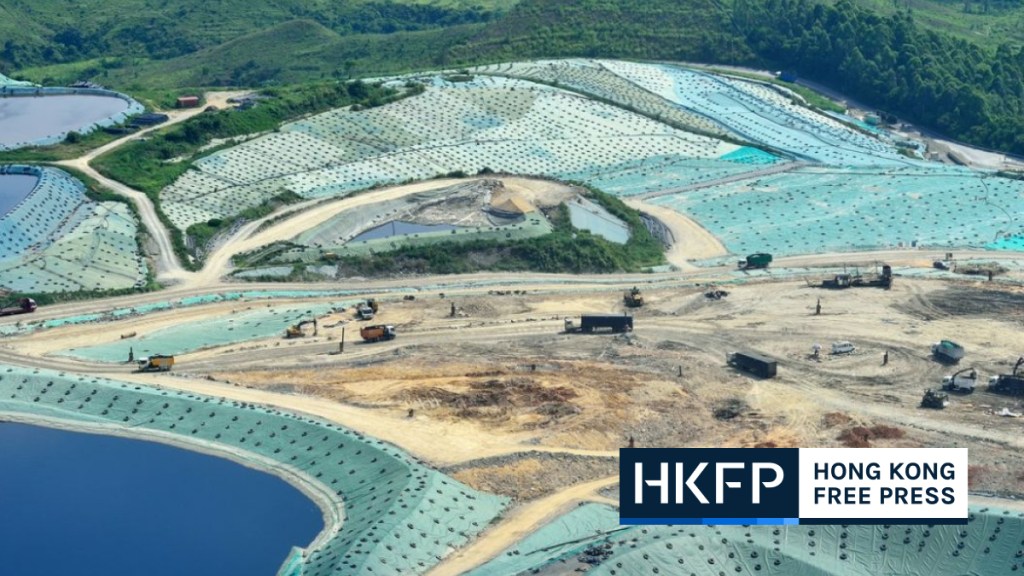The recent decision by the Nepal Bankers Association to let its member banks independently fix interest rates on deposits has stirred up a hornet’s nest. Previously, these banks offered uniform rates set by the umbrella organisation. One would think the new development would receive widespread applause. Instead, trade groups are calling for action, as they feel the resultant increase in deposit rates would result in higher rates on loans. Other voices are calling for intervention. The Finance Ministry obliged by setting up a committee to look into the matter. Politicians are tempted to use these populist stunts in an election year, but these gimmicks may do more harm than good in the long run.
Interest rates are a monetary phenomenon and naturally fall under the domain of Nepal Rastra Bank, the country’s central bank. It would make a lot of sense if such initiatives were taken at Baluwatar. Instead, it came from Singha Durbar. In less than two months from now, general elections will be held on November 20. Finance Minister Janardan Sharma probably needs to show the business community he is on the case. The bigger question is, what is likely to come out of this? The honest answer is not a whole lot. The committee has a one-week deadline to come up with a report; the findings obviously will not be binding on Nepal Rastra Bank—the policy-setting body.
Let markets work
In the same way, the Finance Ministry should have stayed out of this—which arguably is interventionist—Nepal Rastra Bank should let banks handle this on their own as much as possible. If an intervention was needed, it was when banks were colluding and fixing rates—right under the nose of the central bank whose job it is to decide where rates lie. Now that the banks are letting the market dictate things, they deserve a pat on the back, not a scolding. The problem is that Nepal Rastra Bank, in the past, failed to intervene when these banks capped deposit rates in a cartel-like fashion. the Nepal Bankers Association fixed the rates using the so-called “gentleman’s agreement”.
Rates were not always kept fixed. Depending on resistance from within its member banks, the agreement was scrapped opportunistically, allowing the banks to offer varying rates. This happened in June 2018 and July 2020, before the “gentleman’s agreement” was reimposed. Most recently, the agreement was in place for six months before it was broken on September 17. As a result, all 26 commercial banks increased rates on fixed deposits of three months and above by 10 percent–the maximum allowed by Nepal Rastra Bank—to 12.13 percent from the prior colluded rate of 11.03 percent; rates on remittance fixed deposits vary, with Prabhu Bank offering the highest 15.13 percent.
If the past is a prelude, at some point, the Nepal Bankers Association will go back to fixing rates again—most likely as soon as the currently tight liquidity situation loosens. This practice needs to be discouraged. If ever there was an issue for the Finance Ministry to try to solve by forming a committee, it is this one, so rates get determined by the market forces of supply and demand, not when the opposite is happening, as is the case now. Any time prices are artificially fixed, it leads to dislocations sooner or later—be it in goods and services or in money which is priced in interest rates. If there is not enough going around and demand exceeds supply, the price will come under upward pressure.
Mid-August, which is the first month of the current fiscal year, commercial banks’ deposits shrank 2.4 percent month-over-month to Rs4,435 billion, while loans expanded 0.2 percent to Rs4,186 billion. The average credit-to-deposit ratio was 88.3 percent, but it was pushing the 90 percent limit earlier. Unlike banks overseas that have several other sources of revenue, including trading, investment banking and wealth management, Nepali banks strictly rely on deposits and loans. In essence, deposits are the bread and butter. At a time when new deposits are slow in coming, a depositor will only move their assets if the new bank offers higher rates. In collusion, this does not happen.
Higher rates needed
Right now, even though the Nepal Bankers Association has stopped fixing rates, the 26 commercial banks all offer 12.13 percent on fixed deposits. It is only when these rates begin to vary from one another that the wheat gets separated from the chaff. It is ironic to want to have the same rates among all banks even though they are not the same size—assets- or efficiency-wise. When rates are fixed artificially, it comes at the cost of the efficient ones—the ones that can profitably pay higher rates—while the inefficient ones unduly benefit. The latter loses the incentive to be creative, which occurs when someone is breathing down your neck, coming after your lunch. Collusion takes away this fear.
The other aspect of the current interest-rate controversy is trade groups’ fear of rising rates on loans. Banks obviously would like to maintain a certain spread between deposits and loans. Mid-August, fixed deposits made up 55.8 percent of total deposits of banks and financial institutions, up from 49.5 percent a year ago; this likely pushes up their cost of funds, resulting in upward pressure on loan rates. However, being in business does not mean one invests all the time. The smart ones also know when to cut back or cash in. One can also expand by acquiring a weak rival. For that, one needs to know to wait. If rates are exorbitantly high, it is only a matter of time before the weak links snap.
Lower rates are a boon for borrowers; savers suffer in a low-rate environment—particularly when prices are inflating. Mid-August, consumer inflation jumped 8.3 percent year-over-year, versus 4.3 percent a year ago. Ordinarily, nominal rates exceed inflation. Else, deposit holders will be losing money on a real basis and will look to take their capital elsewhere. As things stand, higher rates are needed to control inflation. What Nepal Rastra Bank can do is see to it that its 4.4 percent spread-rate guideline (between deposits and loans) is maintained. Those who fuss about the higher rates will gain credibility if they also start complaining when rates get too low, leading to unnecessary lending.













 English (US) ·
English (US) ·